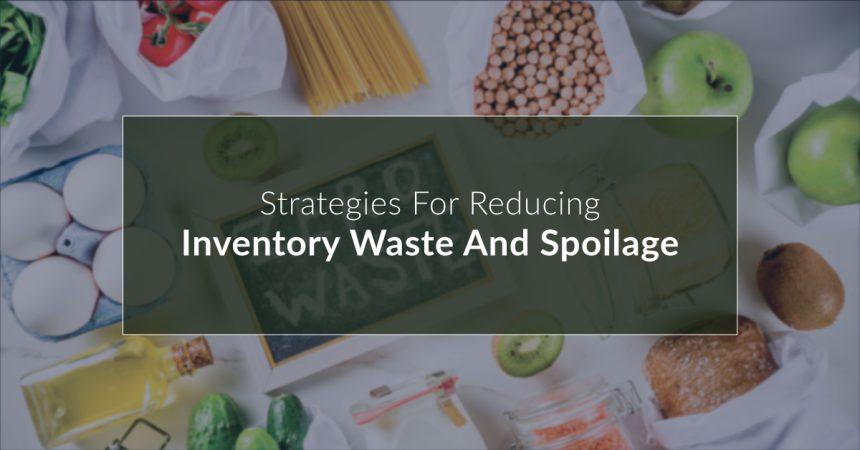Cutting food waste is a delicious way of cutting on costs and protecting the planet as well. Reducing inventory waste and spoilage is one way of saving a considerable amount of bucks and increasing profitability both from the business and the environmental aspects. You can implement the following practices for the same:
• First-in, First-out (FIFO) Inventory Management System: This system ensures that older stock is used or sold first, minimizing the risk of spoilage or expiration. The items, such as those which are perishable, near the end of their shelf life or are getting out of trend, should be stored so that they are accessible more quickly.
• Regular Inventory Audits: Conduct regular audits to identify any slow-moving or obsolete items and remove them from your inventory.
• Proper Storage and Handling: Stock should be stored in appropriate conditions, and any environmental factors that could cause spoilage, such as temperature or humidity, should be controlled. Look for the given storage conditions for items in your inventory and follow them for the best outcome. Make sure the storage place is properly sanitized and free of any contamination.
• Assign Inventory Par Level: A par level refers to the minimum quantity of an item needed to be present in your inventory. Set par levels for each item based on usage history and order them when their level falls below the standard one.
• Inculcate Technology: Using inventory management software can help to reduce waste and spoilage. These systems can track inventory levels and provide alerts when stock is running low, reducing the risk of overstocking or stockouts. They can also provide data on slow-moving items, good near expiration date, etc enabling you to make informed decisions on how to manage your inventory.
• Groom your staff: It is necessary to educate your staff about proper handling and storage procedures. They should be aware of the protocols to be followed while managing inventory and make use of the right items within the right time. Ask for their suggestions and feedback.
• Supplier Relationships: Establishing relationships with suppliers is crucial to ensure that you are receiving high-quality stock. Regular communication with suppliers can also help to minimize lead times and reduce the risk of overstocking.
Maximize every bill spent on inventory by taking these points into consideration. Proper inventory management can make all the difference and help your business succeed!



Leave a Reply